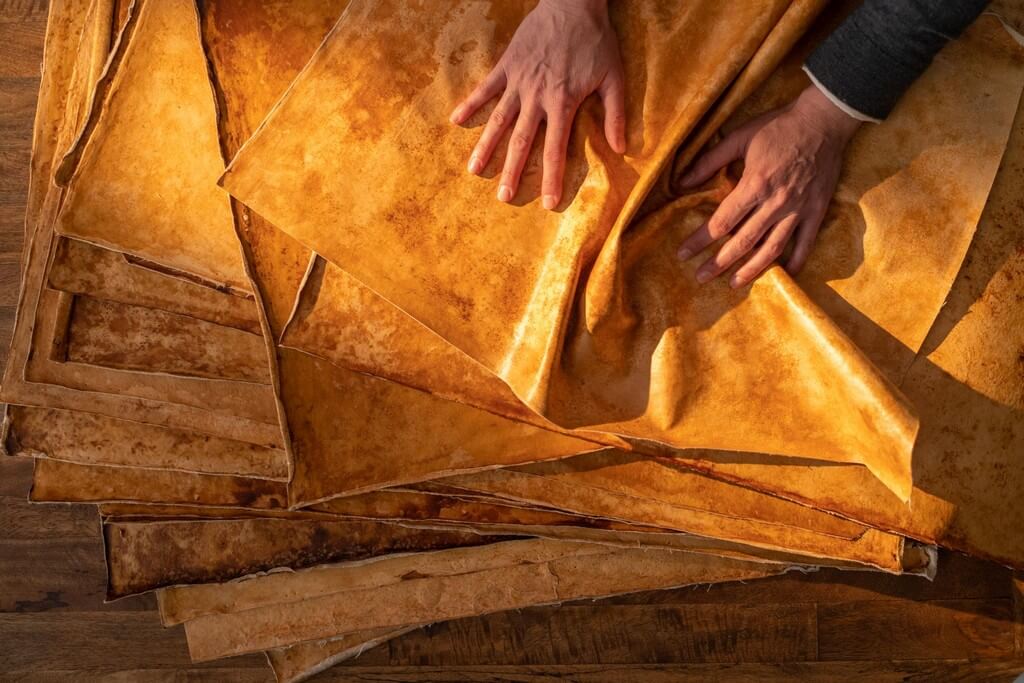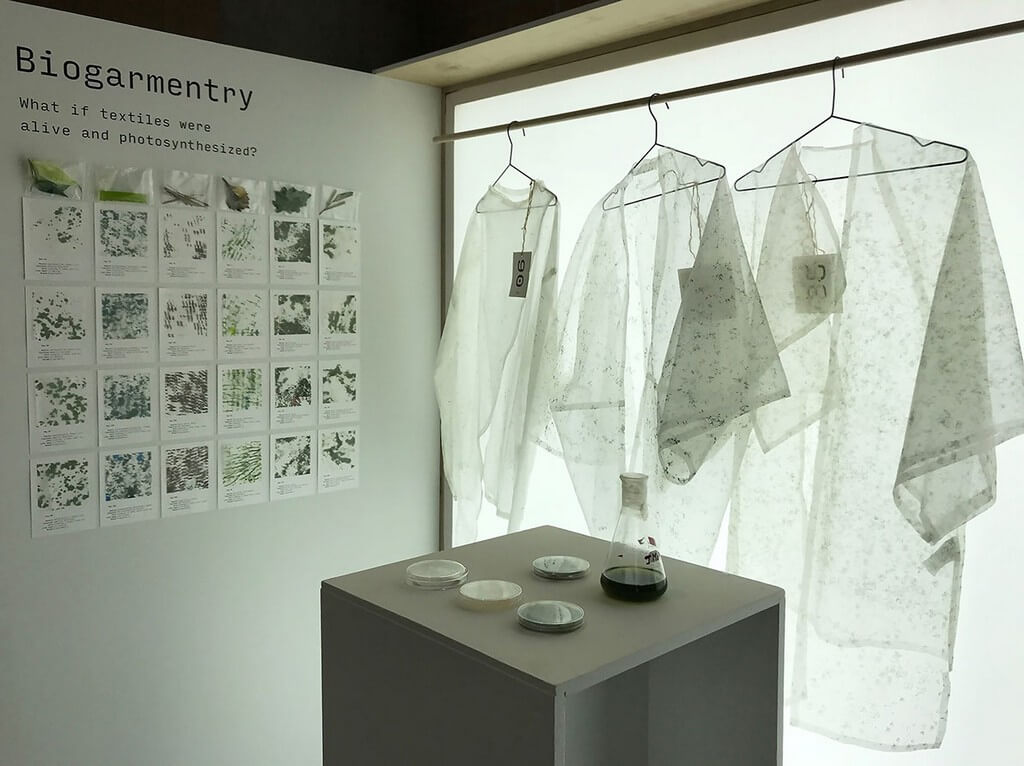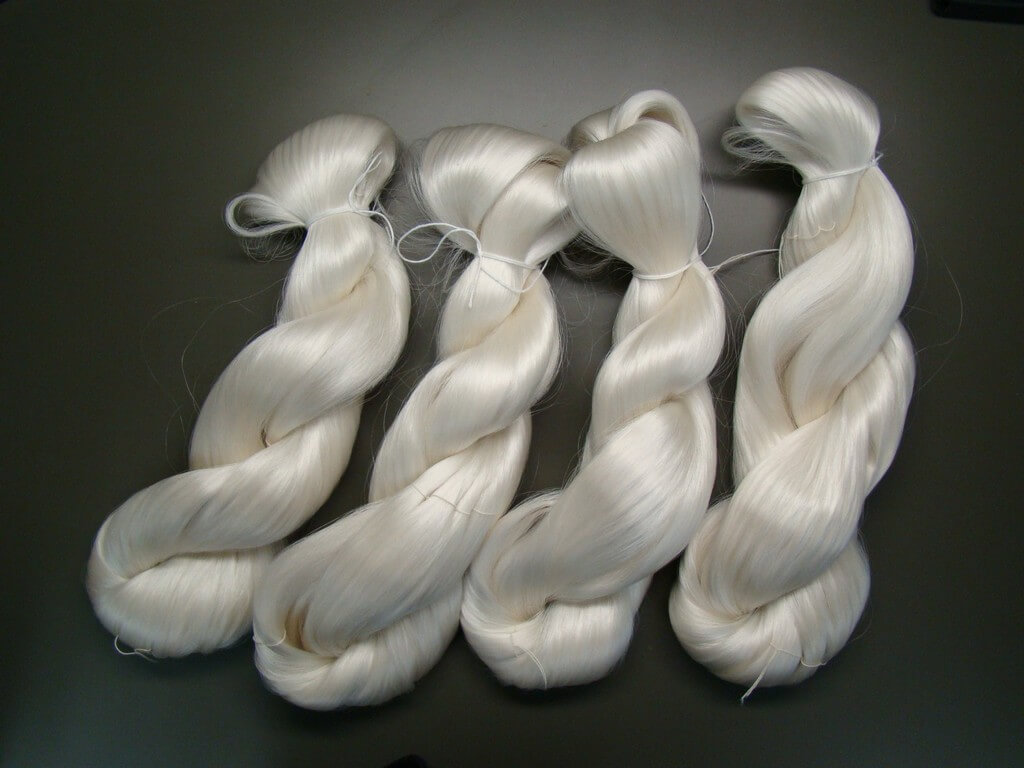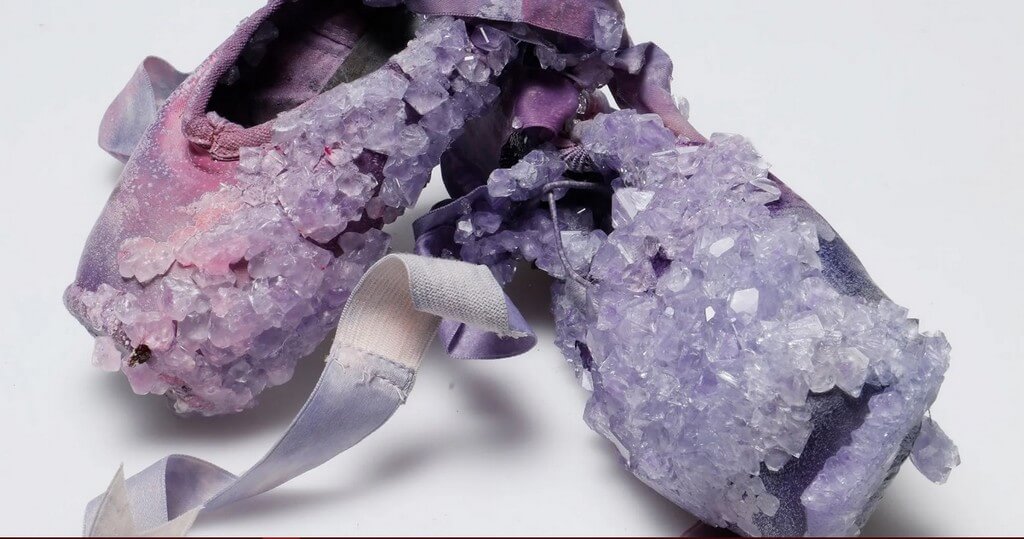Textile: How Is The Textile Industry Evolving?
21/12/2021 2021-12-21 12:07Textile: How Is The Textile Industry Evolving?
Textiles are paving the way as we enter a world of sustainable living and work towards using the coffers that mama nature is furnishing without causing important detriment, we see the world of fabrics take a fully different route to achieve the thing of a Sustainable Terrain.
In the midst of the epidemic, teens lookout for sweatpants and UGG thrills, and will in the near future take alleviation from the epidemic styles when it comes to revamping the wardrobe. Although, there’s one thing that’s likely to take a turn with time, between now and then, is the fabric or cloth used to produce these sweatpants or UGG thrills. With sustainability as the main end for the future, biomaterials are being used intensely within the assiduity which includes ground coffee, leather from cactus, algae, and indeed onion peel.
The mischievous impact of cotton on the terrain as well as the bones cultivating the fiber is well proved while polyester and nylon aren’t as preferred due to the dangerous chemicals that are released into the atmosphere during product along with which, they remain on the earth for over a century causing tips. Alternately, there have been new accoutrements or fabrics that have come into actuality to support not only the terrain but also the sloggers who work on the manufacturing of these fabrics. Then are theBio-materials that are making quite the entrance in the fashion assiduity
MYCELIUM LEATHER:

Mushrooms were known as a gateway medicine, a remedy for depression, and indeed for its respects in amazing dishes. But now, they’re proving to be beyond just edibles. This fungus is now springing up on runaways as well. Contrivers Iris Van Herpen and Jonathan Anderson have been working the figure into recent collections – with Van Herpen – as the majestic mushroom is working hard to prove its capabilities behind the scenes.
Initiated by the world- class scientists and masterminds at Bolt Vestments, leather switch Mylo utilizes mycelium – which is the root-suchlike structure fungi serviceability to grow. The process involves creating the finished product where mycelium cells are fed with organic material including sawdust in a temperature- controlled terrain. Shortly, a sudsy subcaste grows from the matter, which also is reused further to be weakened out into flexible wastes that act a cork. Further, the completely compostable material is reused in the sustainability- concentrated tanneries to be bepainted using organic and chemical-free colorings, generally engaged to color leather. The complete process takes about two to four weeks – which in comparison cow leather takes two to three times.
The first prototype was a bag that was drafted by Mylo in 2018. Parisian house Hermès lately debuted its own‘mushroom leather’ convey as part of a collaboration with San Francisco- grounded launch-up MycoWorks. With this entry, numerous luxury brands are taking up this biomaterial of cloth.
ALGAE

The first functionary apparel made from Algae was introduced by none other than Kanye West. In 2019, the Yeezy author dropped the first, alienating prototype for a new runner drafted from the submarine organism.
What isn’t known to numerous is that the fashion world has been exploring the use of algae for a while now. A London- grounded launch-up, Post Carbon Lab was awarded the Kering for its expansive exploration in sustainable fashion material, working towards making fashion carbon neutral as well as carbon negative. Fortunately, algae’s status as a living, breathing organism, the garments is most likely to be able of respiration through photosynthesis which means that nearly in the near future, the apparel that’s worn will be converting carbon dioxide into oxygen. According to the innovative marker, a large t-shirt could induce roughly as important oxygen as one six- time-old oak tree.
BIOTECH SPIDER SILK

Adidas, Stella McCartney, and Bolt Vestments have a massive comeback with another biomaterial, developing, lab- grown spider silk. Known as one of the strongest filaments on the earth, wisdom has long sought to replicate the vestments spiders use to make their webs, making factual progress in recent times. In 2019, McCartney used her Adidas collab to debut a featherlight, completely biodegradable tennis dress drafted from Bolt Vestments Bioengineered Spider’ yarn.
Fortunately, the early originators abandoned the attempts to produce enormous granges full of spiders in a shot to gather the silk, given their propensity for cannibalism. To produce this distinctive thread, the platoon of scientists looked to an sphere spider known as the Argiope bruennichi. Studying the way the eight-lawful critter spun its web, the company also took to the lab to contrive its own interpretation of the protein the spider created in the lab, implanting it into incentive and allowing it to raise and grow.
From there, the liquid silk is removed from the mass and spun into yarn, before being woven into the fabric that will latterly come a garment. Do n’t suppose this came fluently, still in a 2017 interview with The New Yorker, Bolt Vestments’CEO andco-founder Dan Widmaier revealed the lab had tried nearly in the region of 4000 phrasings before they ultimately struck gold.
Also exercising this deep new fabric is The North Face, which joined forces with Japanese company Spider – not a typo – to debut a commercially available gold-hued‘Moon Parka’, and Patagonia, which is presently exploring the technology within its own practice.
THE HUMAN BODY

A hunt in the direction of a small but growing pool of coming- word contrivers is exploring the commerce between biomaterials and the mortal body in order to produce oneness – and in some cases, living – garments.
Among them is Royal College of Art graduate Alice Potts, whose final collection of accessories was made from formed mortal sweat. The alleviation to explore the conception came to her, when she spotted white chargers forming on her spa gearpost-workout, the developer began collecting driblets of sweat – twisting out sweaty socks and vests, as well as ballet slippers – before applying them to still-damp garments and allowing them to grow. The result was a series of unearthly, sculptural pieces that took buried fleshly fluids and turned them into effects of beauty – zero waste chargers that could, eventually, embellish the clothes we wear.
Textiles are shaping the future of fashion. These textiles will change the world of fashion and have a huge impact on achieving the aim of a sustainable fashion environment. At JD Institute of Fashion Technology, the evolution of textiles is taught to students through the approach of advanced technologies. The MSc. in Textile Designing offered by the institute is a perfectly structured course that will not only impart theoretical know but also the required knowldge on the current trends of the Textile industry.













